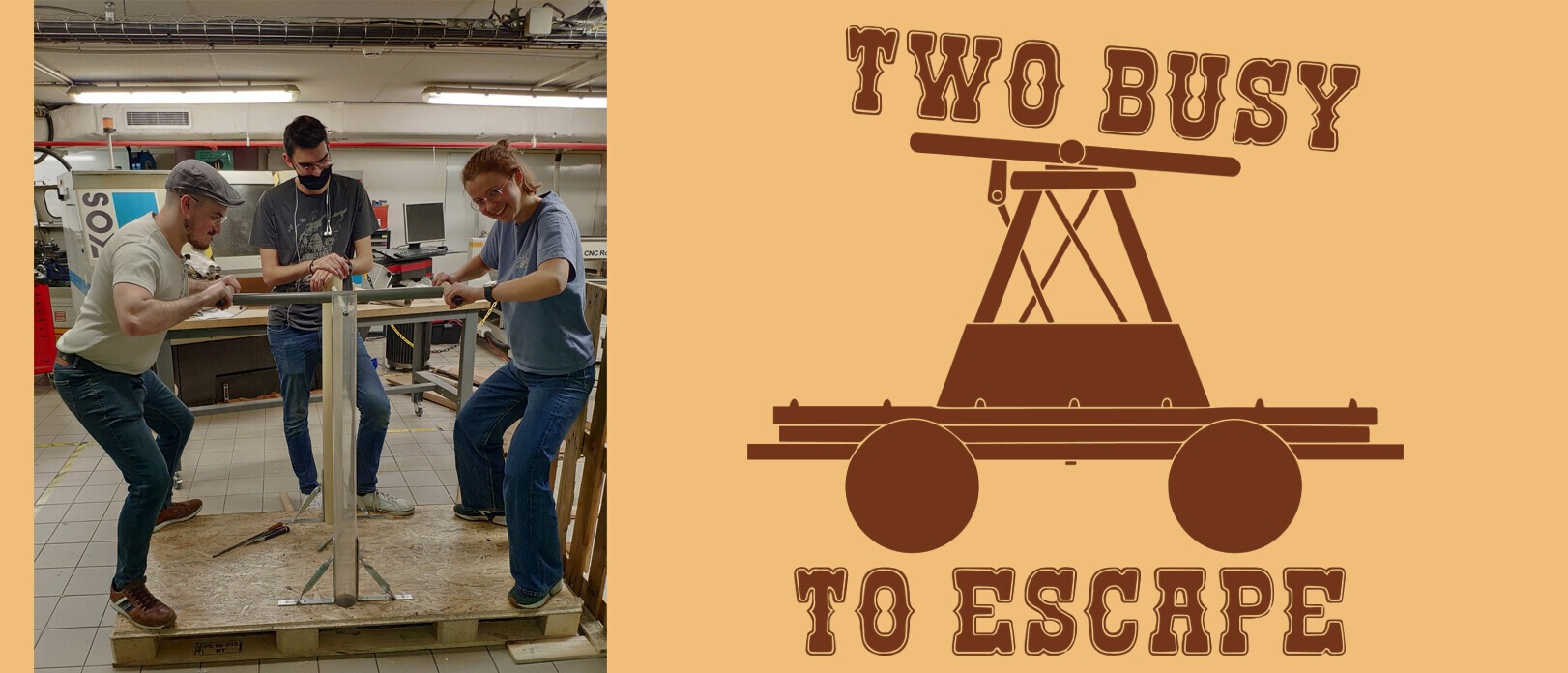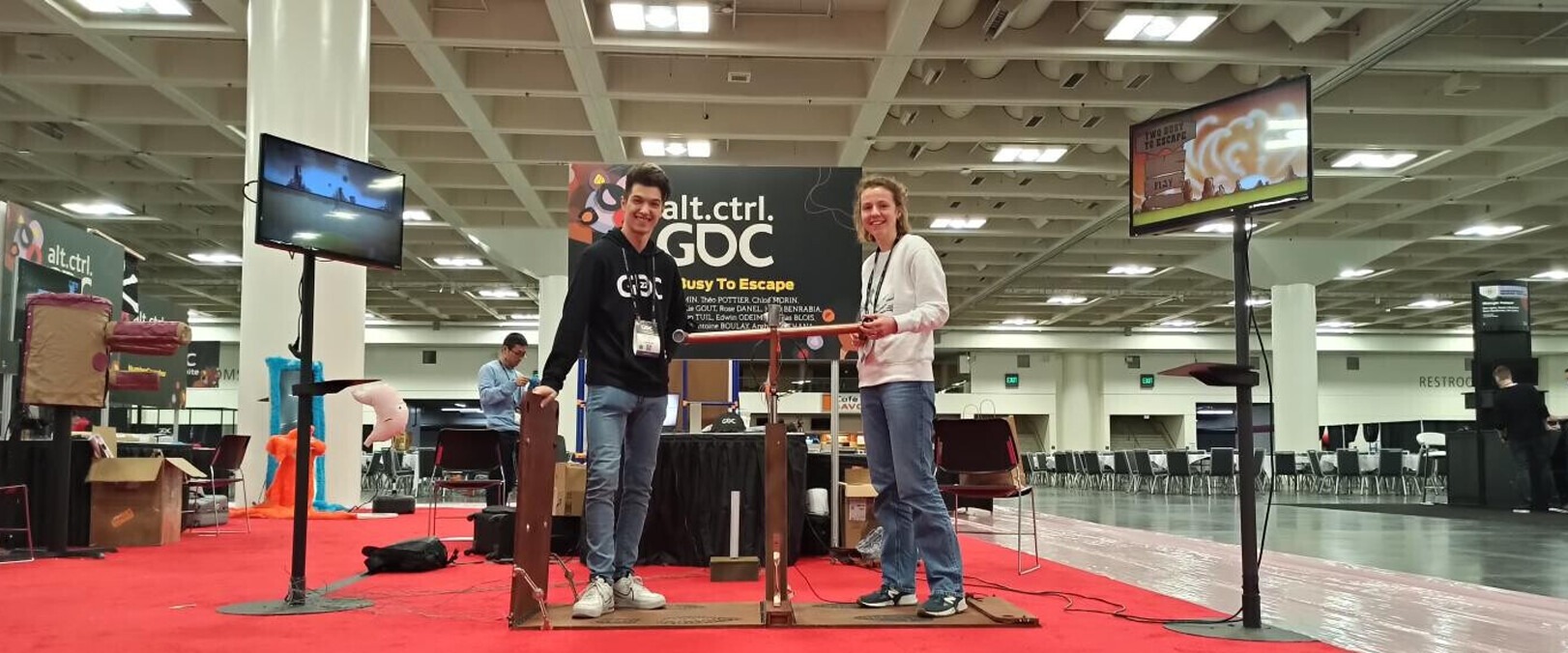Even though Affogata works with leading gaming companies that gather and analyze millions of player feedback data points, we still have special awe towards the Indie Development community. For that reason, we have created ‘The Indie Spotlight’, a space to share unique games from Indie developers and designers and how they collect player feedback.
This incredible game is controlled not by a simple video game controller, but directly by the draisine – cart on which you play. Here is what Chloé had to say about it:
How do you start the creative process of coming up with a new game?
As game designers, we organize the creative process in several steps. The first one is a brainstorming session with the whole team, everyone gives ideas, bounce on others, and we let the session flow. We write down everything that’s said. Then, the game designers take every idea separately and try to iterate, group them, and find inspiration through what’s written down. We come up with a small pitch, with one or two main mechanics that we propose to the rest of the team, and the process of iteration with the team starts again until we find a concept solid and fun enough to be produced.

How and from whom do you get your game design feedback?
We mainly get feedback from playtesters we chose from our public target. We organize playtests ending with targeted questions on google forms.
We also get feedback in the comment section of the website we post our games on (Itch.io).
How do you decide which player feedback to employ in your design?
We try to analyze every feedback we receive, and through data tools, we try to see if there’s any recurrence between the answers (mostly negative ones, as they are pointing out what we can improve). Then, we make a list of major positive and negative feedback, and we propose solutions to modify or improve them.
Once applying feedback, do you keep asking for more comments?
Yes, comments and feedback are a part of the creative process, it’s a part of the production circle. Even when a game is launched, staying attentive to comments is crucial to keep your game updated properly and satisfy as many players as possible.

What role does player feedback take in creating indie games and what does it look like?
In indie games, players’ feedback is even more important, as we don’t always have the funding or the time to organize big playtests sessions. It also allows the team to create a more human experience, as the game is designed for a smaller player base. As we are still students, it is also really helpful for us to know what are our weaknesses, and what we can do better, it’s a really helpful and often kind and sweet way to learn more about making games.
How do you approach conflicting feedback from different gamers?
We try to analyze the player’s profile and tend to give more credit to the one closer to our public target.
If you could improve the way you gather feedback, what would you do?
We would get more precise and objective tools to help us extract neutral data so we can work with more objectivity.
We also would organize bigger playtest sessions, with more people, and maybe release a beta version. We are only two game designers on this project, so with better feedback gathering and treatment, it would be easier to organize them without being overwhelmed.
Subscribe to our blog to read more stories about amazing creators from passionate professionals.
